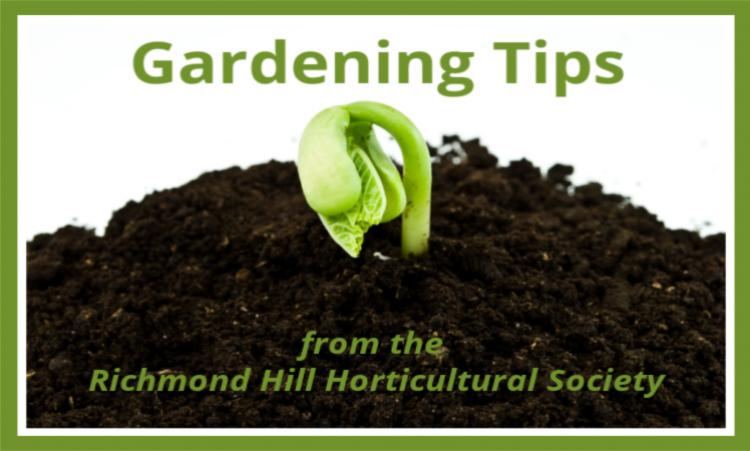Submitted by Doreen Coyne, a member of the Richmond Hill Garden & Horticultural Society
Recently, I received a gift certificate from Lee Valley which led me to start looking at their website to see what they had available. What a great time I had looking over all the tools one could buy for gardening. Of course, I already had a few on hand but I found some new items (at least they were new to me) that I could take advantage of.
Most of us have some commonly used tools like a garden hose, a spray nozzle for the hose, a garden rake, etc. I even had a set of handheld tools which were very affordable but which also seemed to break every year or two – at least when I used them. The set included a rounded trowel, a transplanter, and a cultivator which looked like a small rake. I’ll be replacing them with more durable, higher-quality versions. Below is a list of tools that I find most helpful while gardening including those that after reading about them and asking friends if they used them, I now want to buy.
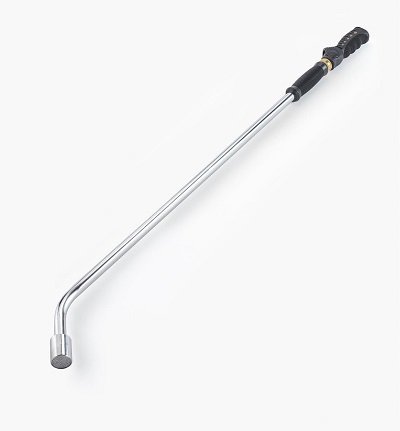
Get one that is made of a sturdy aluminum wand that will last. It also needs a good trigger valve that gives water on demand for the jobs you have to do. I use mine for watering hanging baskets of plants so I need at least a 26" or longer length for the wand which attaches to your garden hose. Others may find this useful if they are watering large groups of seedlings or plants in the ground or a greenhouse.
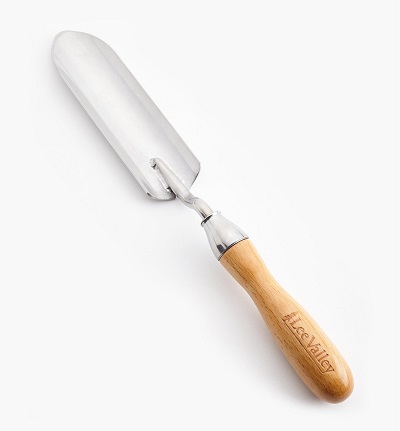
These are great for digging holes for bulbs and seedlings. I mention it as now you can get ergonomic ones that are built to allow your stronger arm muscles to do the work. With arthritis in my fingers, palms, and wrist, this is now a prerequisite.
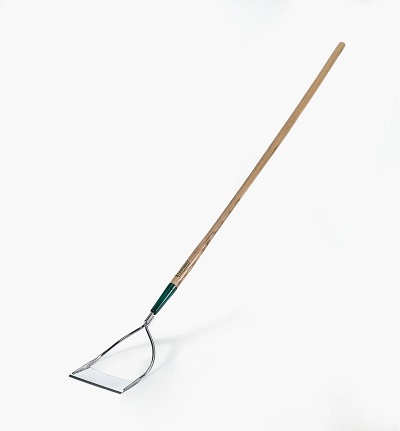
These apparently came from Holland and have found their place in many gardeners' tool kits and hearts. Mine is long-handled and it makes quick work of clearing weeds from garden beds without bending over all the time. Its blade is double-sided so you can push it under the stem of the weed, or pull it from the opposite side of the weed. Simply put, it cuts on both the forward and backward strokes, slicing off weeds just below the surface of the soil. The blade is held to the handle with prongs on each end of the blade portion making it easy to see your weeds and plants and avoid damaging the plants you want to keep. It is commonly believed that if you cut off the head of a weed, it will be less likely to regrow given you are depriving its roots of sunlight. Pulling weeds used to be more common for me but if the plant has runners underground, then pulling them just excites the roots to grow even more! And my back appreciates this easier way to remove weeds in the garden.
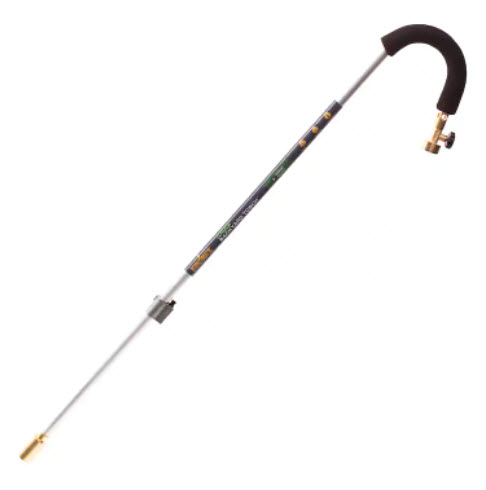
This is another must-have for making light work of weeds that are growing in between patio stones, interlocking stones, or cracks in your driveway or sidewalks. Do not use this near the lawn as some weeds have roots underground and you don’t want to start a lawn fire! It looks rather like a long cane and on the handle behind where you hold it, you attach a small portable propane tank. Mine has a simple button that lights the torch at the “ground” end of the cane – much like a BBQ lighter. Then you simply burn off the heads of those pesky weeds. A very satisfying way to remove weeds. Be sure you wear good protective shoes when you do this! There is an alternate version for which you need to light at the base of the cane with a BBQ lighter. You may like that one but I am leery of burning myself while bending over to light it. Mine has the starter button on the handle so keeps me, by hair and my fingers away from the flame.
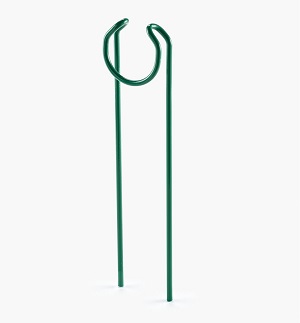
Why do I want these? I have a pool and every week from mid-May to mid-October I need to add water to the pool. Yes, the water evaporates! The garden hose hooks to the side of the house about 50 feet from the pool. So, I drag the hose out to the pool every week, add the water which takes an hour or so, then I drag the hose back again. A lot of repetitive work that I should be able to reduce!
I want to get a shorter hose from the outdoor water hook-up to the fence and then up and across the top of the fence and its gate to the portion that then travels towards the pool. At that point is where I'd hook up that hose to the current longer hose so it would go all the way to pull along the fence. I’d place the older hose in these nifty hose guides every 8 to 10 feet or so. When I get to the pool near the spot where I want the hose to go into the pool, then I'd add one or two more guides to ensure the hose stayed put and leave the hose coiled with enough length to go across the pool deck and 4 to 6 feet into the pool.
<add pic 6 & 7>
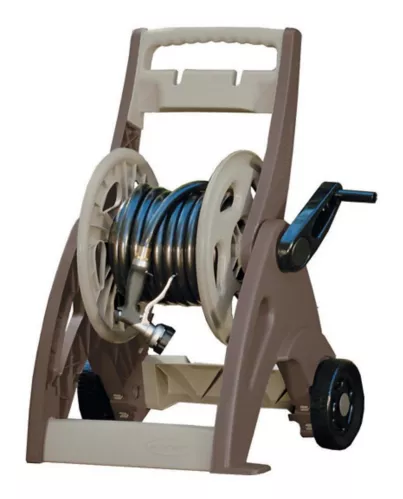
Maybe I’d even place a small hose reel in the garden near the pool deck to store the end of the hose when it is not in the pool. Once done, then each week, I can walk out to the pool, place the end of the hose into the pool then walk back to the house and turn on the water. Later I just have to go and turn off the water! Maybe I can even leave the hose in the pool most of the time! Much easier.
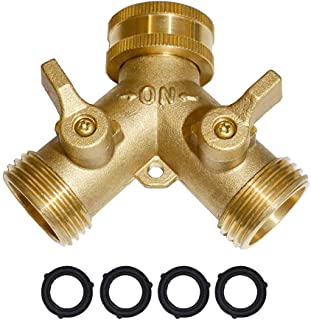
I’ll likely change the attachment at the side of the house to one that can accommodate 2 hoses at once – a hose splitter. Or I may add the splitter on the other side of the fence in the backyard. Or both!! So exciting to consider! This would allow me to feed the hose to the pool but also to attach another hose for other backyard or front yard usage.
If you have a favourite tool for gardening or lawn care, please let me know by emailing [email protected]! Thank you!
Photos by Doreen using SnagIt from the Canadian Tire and Lee Valley websites.

